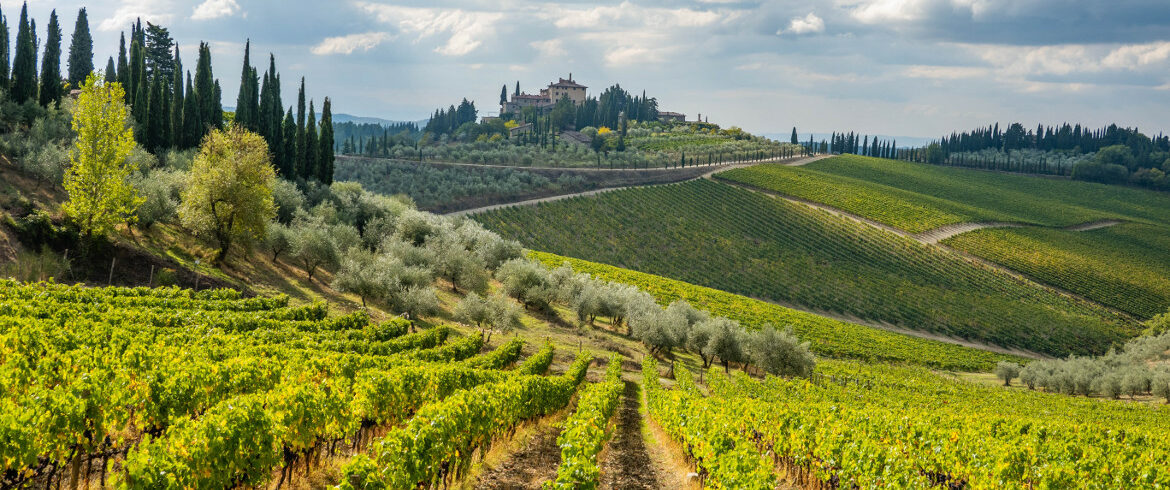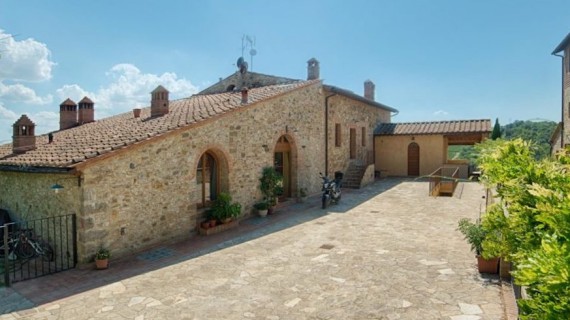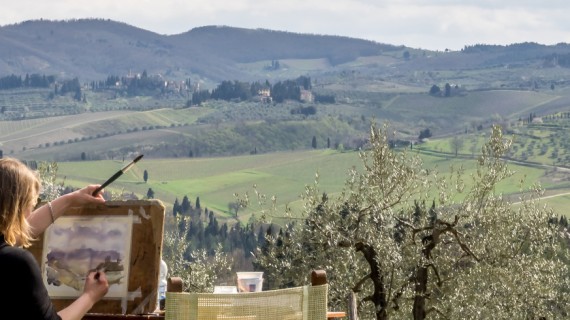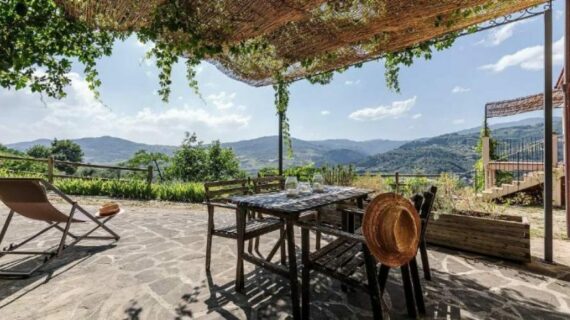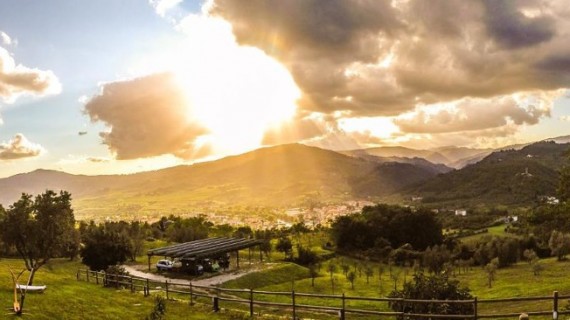Are you ready to discover Chianti and Montecatini? Between rolling hills and medieval villages, Tuscany and its natural landscapes will surprise you!
When to go?
For this tour between Chianti and Montecatini, we recommend the autumn period. It’s ideal to walk, bike, and discover the local beauties, because the climate is not too hot, and because there are fewer tourists in this period. At the same time, during autumn there are a lot of folk festivals and interesting events.
How to move?
Not all the areas are well served by public transport. For that reason, using your own vehicle is easier. However, we suggest you try to move by e-bike, by foot, and by train to be more eco-friendly. In Montecatini, for example, there are even two train stations for those who want to go by public transport.
How long to stay?
The minimum time is at least a long weekend… If you could stay longer, it’s better!
Chianti
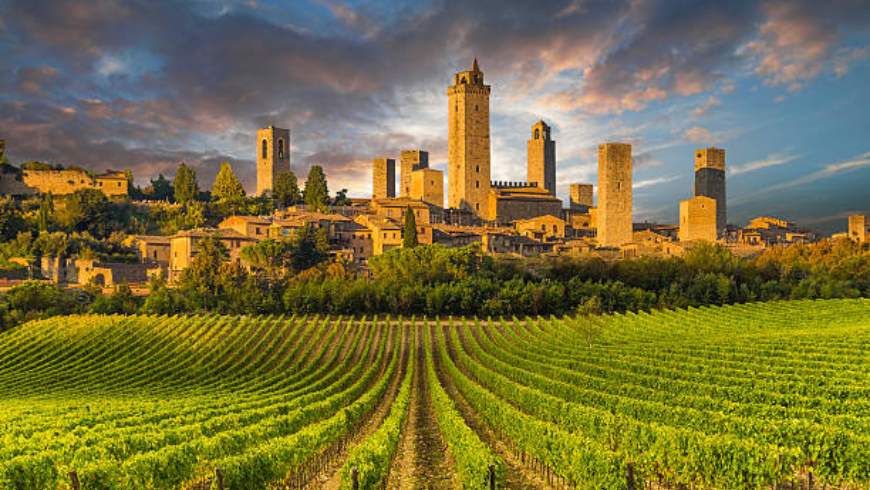
My trip starts in Chianti, which is one of the best Italian hilly regions and extends between Siena and Florence. This area is, of course, famous worldwide for its wine, Chianti. The first thing you will notice when walking around, are the rows of vineyards even if there are olive trees.
Greve in Chianti
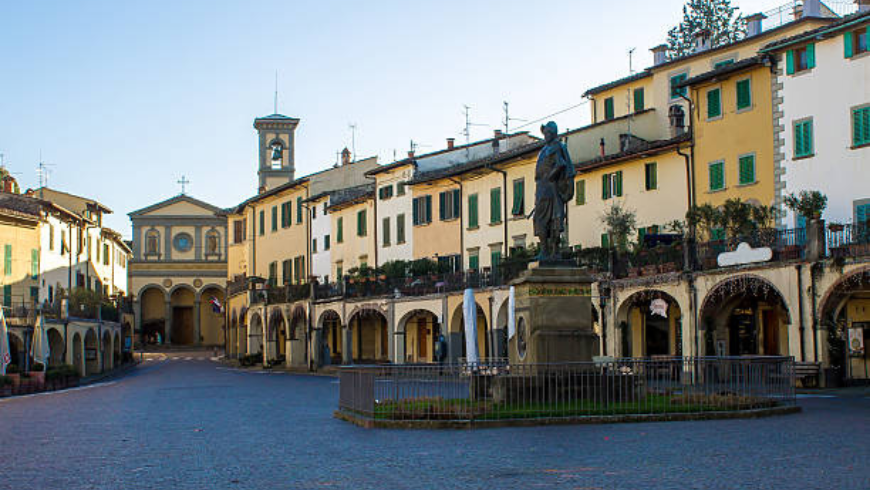
My first stop is Greve in Chianti, always considered the official entry of what is called the Chianti area. It is also the home of the famous explorer Giovanni da Verrazzano and in fact to remember him in the main square, Piazza Matteotti, there is a statue that remembers him.
It is really impressive to walk through the streets where you will find shops of typical products or other local souvenirs to take home.
Panzano Chianti
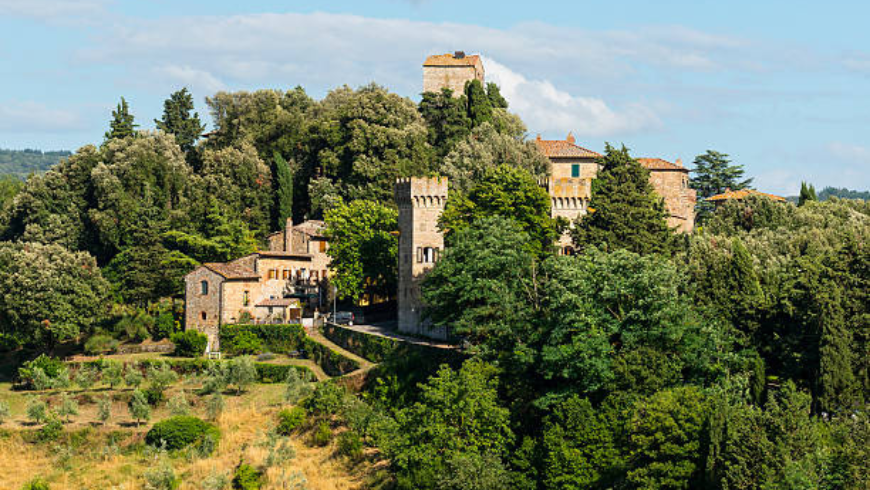
Before arriving at Panzano Chianti, I get stop the church of San Leolino which is a beautiful example of Tuscan Romanesque. Behind the main square of Panzano Chianti, there were both the parish church and the old fortress. Today what remains of the castle are the corner towers. One of which is the bell tower of the church of Santa Maria which was rebuilt on the remains of a medieval structure
I recommend not to miss the walk along the walls from where you can admire wonderful views.
Castellina in Chianti
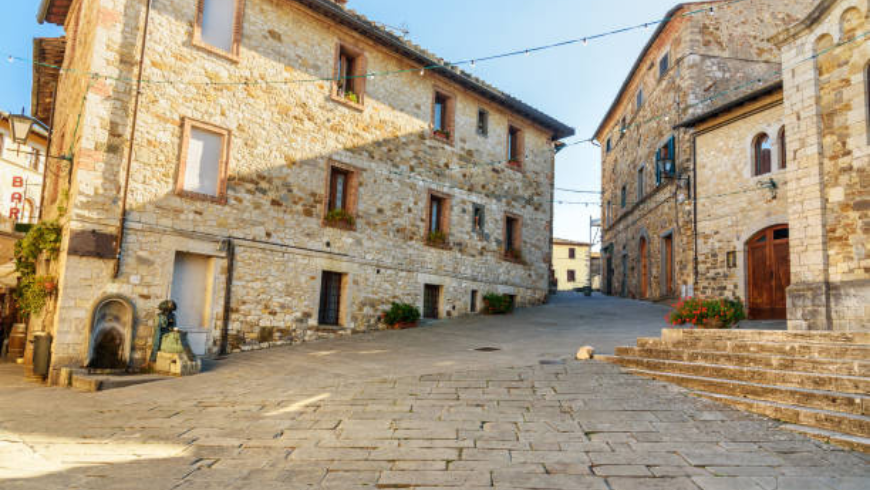
My third stop is Castellina in Chianti with its magnificent fortress located in the main square.
I recommend you walk in the street of the Volte with many beautiful shops and characteristic wine bars. You will then arrive at the Archaeological Museum of Chianti Senese which is also included a visit to the towers with their breathtaking views. For more information visit the website.
Poggibonsi
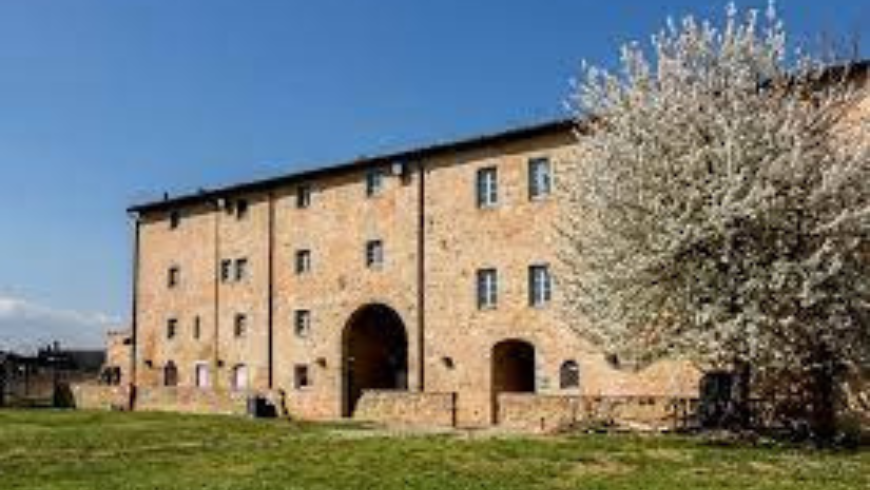
My fourth and final stop is Poggibonsi. The first thing to see is the Medici Fortress of Poggio Imperiale, it is an example of medieval architecture made by the Sangallo brothers at the request of Lorenzo the Magnificent although because of his death was never completed.
Now it is used as a public park and it is very nice to walk inside because you can find benches to relax and admire the magnificent view without forgetting the magnificent modern art statues. Inside this space there is an ancient village rebuilt and every Sunday you can relive this magnificent historical re-enactment. When I went, it was free. For more information about visit the website.
Beautiful also the church of San Lorenzo dates back to the fourteenth century although with the changes have changed a lot. Finally, a mention is also worth the Magione Castle that in 2012 was named one of the “1000 wonders of Italy”. Is a truly monumental media complex that belonged to the Knights Templar that has survived to this day. For more information visit the website.
My visit to the lands of Chianti is over and surely there would still be many things to see but having only two days available I can not, aimè, do…
Montecatini Terme

Montecatini Terme is located in the province of Pistoia. Is a UNESCO World Heritage Site as it is one of the great spa towns of Europe. So many famous people arrived like Giacomo Puccini, Giuseppe Verdi, and Vittorio Emanuele II. And along the sidewalk of Viale Verdi, you will find the studs that bear the names.
The spa was already known since 1201 as evidenced by a parchment of Lucca. In 1773 was built the Royal Bath which was the first spa in the town.
The thermal springs are fed by four springs that rise 70 meters deep and form four different types of water that are all rich in minerals and each of them is specific for different problems. At present, there are nine spas in the town.
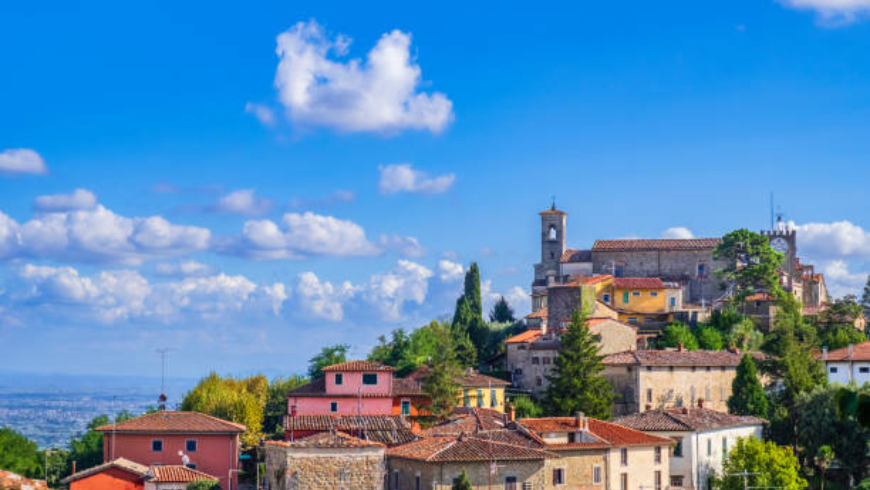
The center of Montecatini is easily visited on foot. My walk starts from Viale Verdi where the Town Hall is located. It is a well-decorated building that was designed by the architect Brizzi and the engineer Righetti at the beginning of ‘900.
Inside the Town Hall is the Montecatini Contemporay Art (MO.C.A.) an exhibition space that was born exactly in 2012. It is modern art and you can admire works by Joan Mirò as well as Giovanni Fattori and Adolfo Tommasi. For more information you can visit the website.
Padiglioncino Tamerici in Viale Verdi is an Art Nouveau building that had been created as a venue for sale of salt of the eponymous company. This building is famous both for its bas-reliefs inspired by pottery and for its decorations that are signed by Galileo Chini who was one of the most important names of the Italian Art Nouveau style. While the external cladding in stoneware panels is due to Trentacoste. Finally, just behind the pavilion is a beautiful park where the New Teatro Verdi is located.
I then continue to Piazza del Popolo where there is the Pieve di Santa Maria Assunta, built on the remains of the previous neoclassical church by the architect Fagnoni. The basilica has an octagonal plan with four chapels on the sides of the presbytery. It is a reinforced concrete structure with travertine tiles that give it a lot of elegance. Inside, neither the stained glass windows of the painter Scalco nor the crucifix by Cavallini go unnoticed.
My little vacation is over and now I have to go home. I hope I have made you want to go and visit this wonderful corner of the Tuscan countryside, between Chianti and Montecatini…
Immagine di copertina: Photo by Rich Martello on Unsplash
